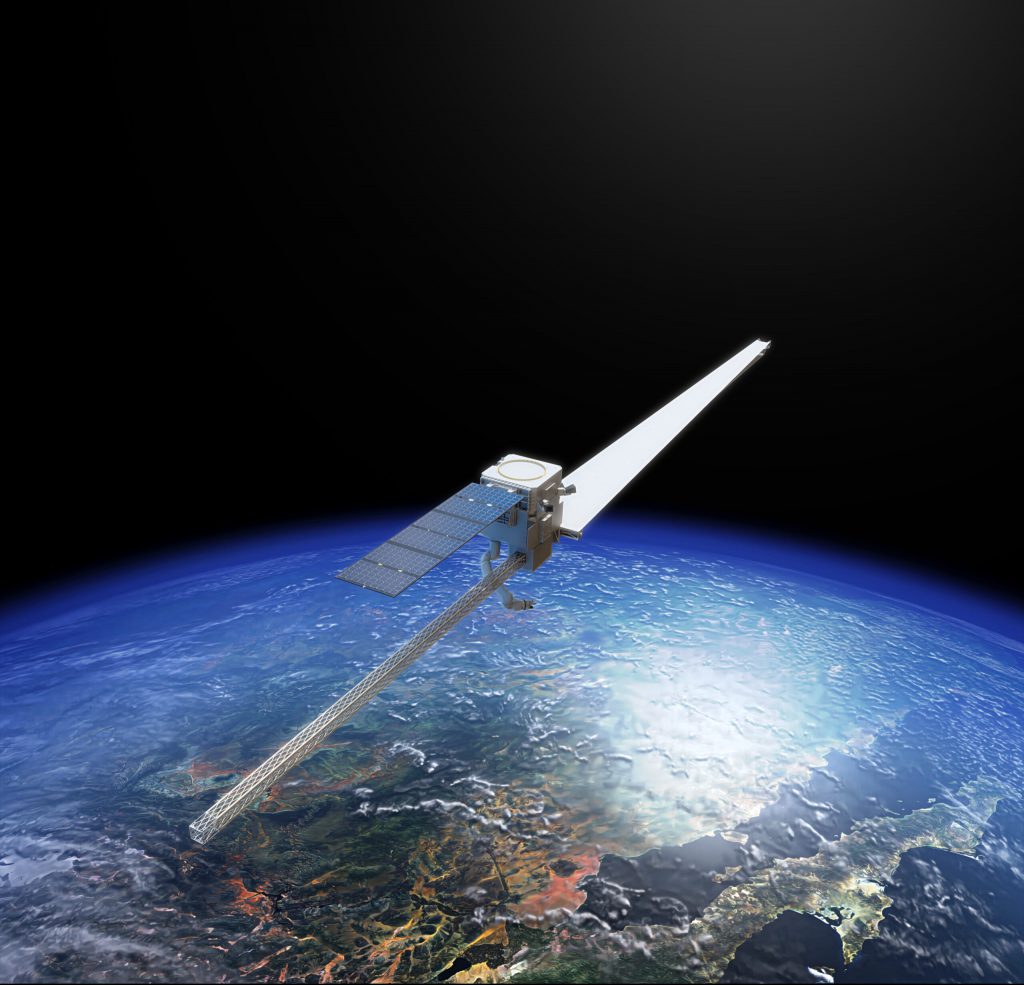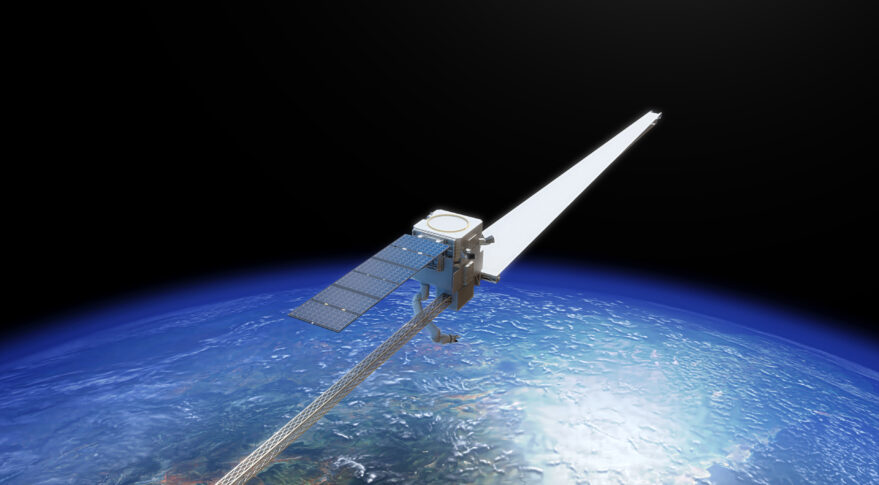
Op-ed | Assembling America’s Future in Space (Image Credit: Space News)


The benefits of in-space servicing, assembly, and manufacturing (ISAM) have long been championed. From satellite refueling, to recycling of orbital debris, to increasing capability delivered on order through robotic manufacturing and assembly in space, ISAM will transform space architectures and provide strategic and commercial advantages to those who lead in its development and implementation. Combined with the U.S.’s success in dramatically reducing the cost of launch, ISAM has the potential to expand American civil, national security, and commercial leadership in space. Because of first-of-their-kind investments and accomplishments in the last decade, America is poised to realize the critical benefits of ISAM.
Specifically, we are at an inflection point wherein satellites and spacecraft are combining with robotics and in-space manufacturing to create a completely new paradigm. The future of space will be driven by in-space servicing, assembly, and manufacturing. The countries and companies that master ISAM and leverage its benefits will dominate the space arena for decades to come. For all of these reasons, I applaud the National Space Council, the White House Office of Science and Technology Policy, and numerous others in government who supported and contributed to our new national ISAM strategy. This document demonstrates that the White House has a sophisticated understanding of space strategy and is focused on what the nation needs to do now to be successful in the future.
Renewed Focus Spurred by Innovation
The maturation of ISAM capabilities has been underscored by significant technical milestones in the last several years including: ongoing trailblazing in-space manufacturing by Redwire aboard the ISS; the forthcoming Redwire-led, NASA STMD-sponsored demonstration of in-space manufacturing and assembly of a satellite via the Archinaut One mission; satellite servicing missions MEV-1 and MEV-2 led by Northrop Grumman; and Astroscale’s ELSA-d mission which demonstrated the successful capture of orbital debris. These ISAM capability proof points indicate that now is the right moment for operational infusion. Thus, utilization of ISAM capabilities should be embraced by government agencies as the nation’s exploration and national security programs seek more cost-effective, adaptive, reconfigurable, and resilient space architectures.
NASA, through public-private partnerships funded by STMD, DARPA, via its Robotic Servicing of Geosynchronous Satellites program, and more recently the U.S. Space Force through its Orbital Prime initiative, have been early supporters of emerging ISAM capabilities. These projects drastically reduce technical risk and pave the way for even more advanced capabilities to be deployed in space. Such early investments have translated into commercially developed, spaceflight-ready solutions that are now able to deliver valuable ROI during a time when the U.S. seeks to maintain and expand its competitive edge in space to counter adversary threats to national assets and to support increasing demand for space products and services.
The newly announced OSTP initiative will provide focus and structure to ensure that ISAM capabilities are being operationalized. Thanks to the foresight of NASA, DARPA, and other departments and agencies that have supported ISAM development, industry is ready to answer the call to provide these capabilities quickly and affordably.
Building on our Competitive Edge in Space
Innovative applications like persistent platforms, long-baseline optical interferometry, self-assembling satellites, in-situ resource utilization, and satellite repair and refueling are now achievable and needed as the U.S. looks to maintain leadership in space. Foreign adversaries such as China have demonstrated ISAM capabilities, including Shijian-21’s recent robotic grappling with a defunct satellite, demonstrating that the space technology gap between the U.S. and its near-peer rivals is narrowing. Recognizing the strength of these capabilities, China, Russia, and other nations are deliberately investing in ISAM and ISAM-related areas. Our new national strategy provides strong and timely guidance for continued investment in and the adoption of ISAM systems to maintain America’s competitive edge.
Our times demand that the U.S. act deliberately and rapidly to enhance space infrastructure by operationalizing ISAM capabilities in a meaningful way for the security of our nation and allies, and to support the aspirations of human discovery and exploration. With critical prioritization from the Biden administration, strong public-private partnerships, and ongoing cutting-edge commercial innovation—the time to build is now.
Andrew Rush is the President and Chief Operating Officer of Redwire, a leader in space infrastructure. Previously President and CEO of Made In Space, Rush is a champion and early adopter of ISAM technology, and has shaped its development through public-private partnerships with NASA and the DoD. Redwire’s in-space servicing, assembly, and manufacturing capabilities are poised to transform spacecraft design.








